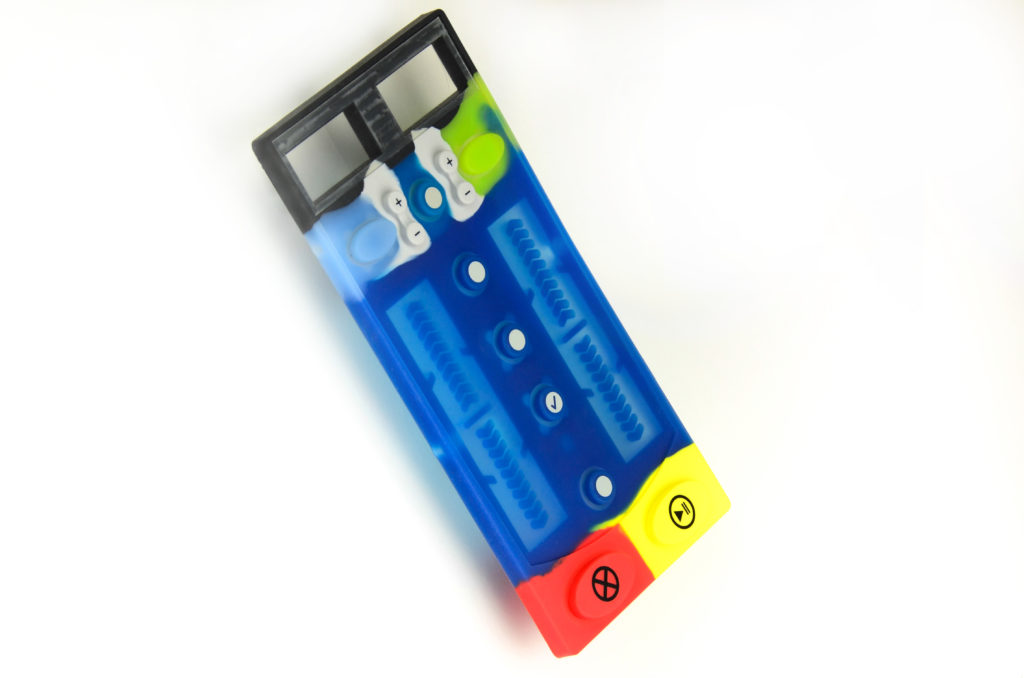
Keypads and membrane switches are often designed with backlighting. It’s an essential component for illuminating the keys on the top layer. With backlighting, light will shine through the top layer while illuminating its respective keys. Rather than a traditional array of light-emitting diodes (LEDs), though, some keypads and membrane switches use a light guide foil.
What Are Light Guide Foils?
Light guide foils are thin, foil-like substrates that are designed to distribute light. They have a thickness of about 100 microns. To put that number into perspective, it takes about 100 million microns to equal 1 meter.
The purpose of light guide foils is to distribute light through and across the top layer of a keypad or membrane switch. Not all keypads and membrane switches have a light guide foil. Some of them have a traditional backlighting setup, whereas others don’t have any backlighting. Nonetheless, there are still some keypads and membrane switches that feature a light guide foil. Light guide foils aren’t a substitute for backlighting; they are simply designed to distribute light created by the backlighting.
How Light Guide Foils Work
How do light guide foils work exactly? As previously mentioned, they don’t produce light. Instead, light guide foils distribute light. Most of them work in conjunction with LEDs. The LEDs may be installed on the top edge of a light guide foil, or the LEDs may be installed on the sides of a light guide foil. When turned on, the LEDs will create light that travels through the adjacent light guide foil.
As light travels through the light guide foil, it will reach all areas of the keypad’s or membrane switch’s top layer. You can find light guide foils made of different materials. Some of them are made of PC or TPU. Other light guide foils are made of traditional silicone. Regardless of the material, all light guide foils work by receiving light from LEDs, followed by distributing that light through the top layer of a keypad or membrane switch.
In Conclusion
If you’re planning to buy a keypad or membrane switch in the near future, you may want to choose one that features a light guide foil. Light guide foils work in conjunction with backlighting to illuminate the top layer. The backlighting LEDs will create light that travels through the light guide foil where it’s distributed. With a light guide foil, you can rest assured knowing that the keypad or membrane switch won’t suffer from bright or dark spots. The top layer will feature even light thanks to the presence of a light guide foil.
